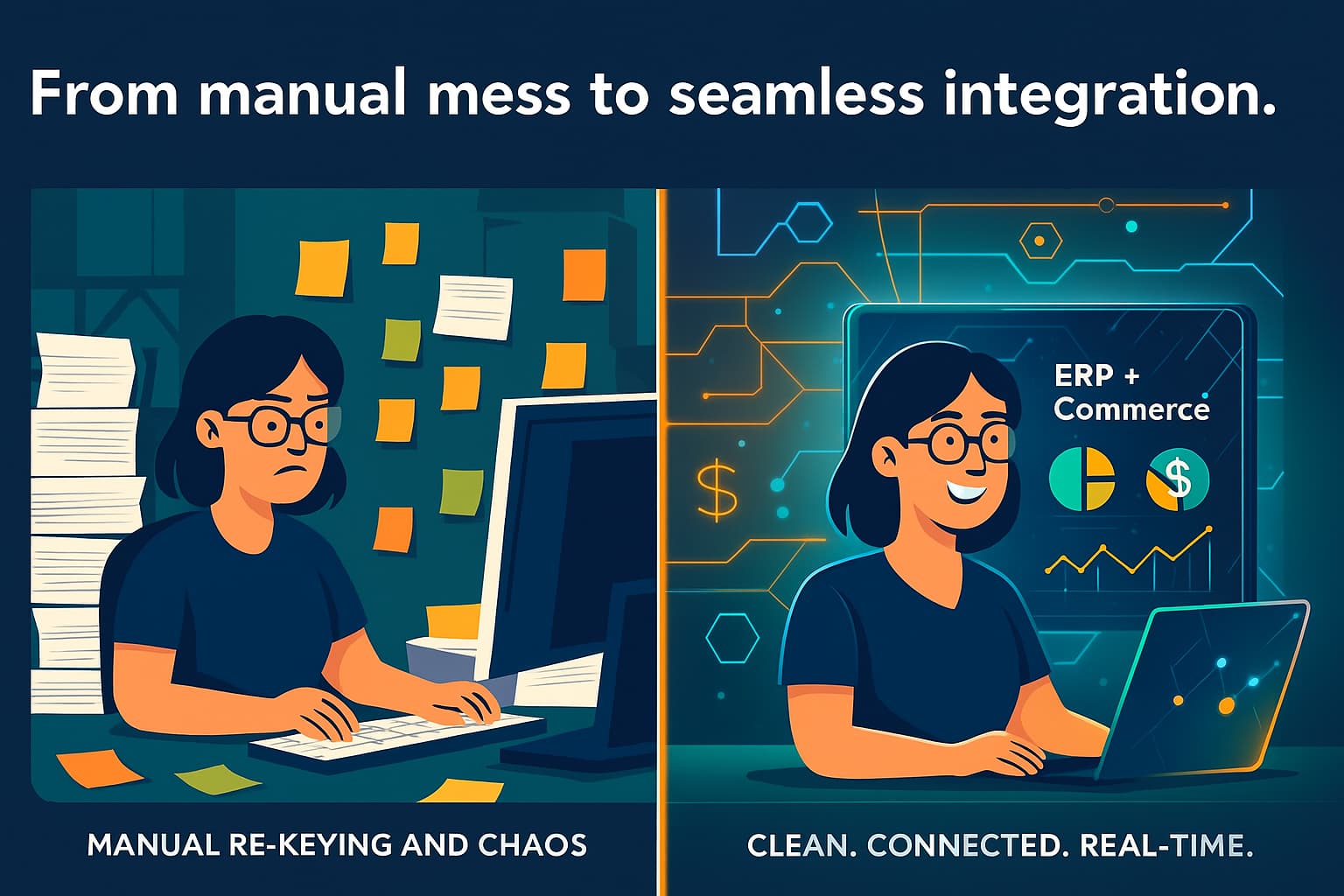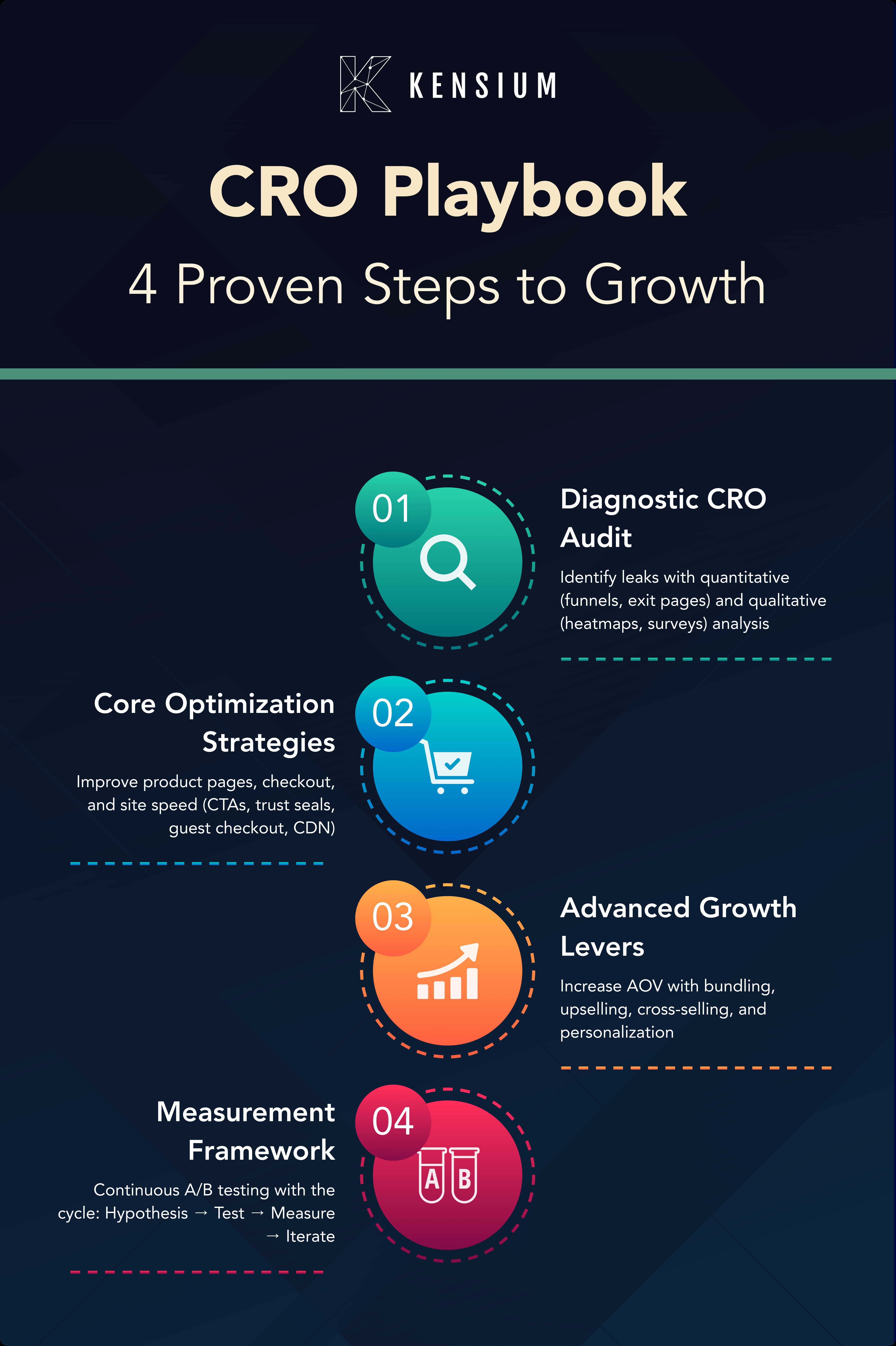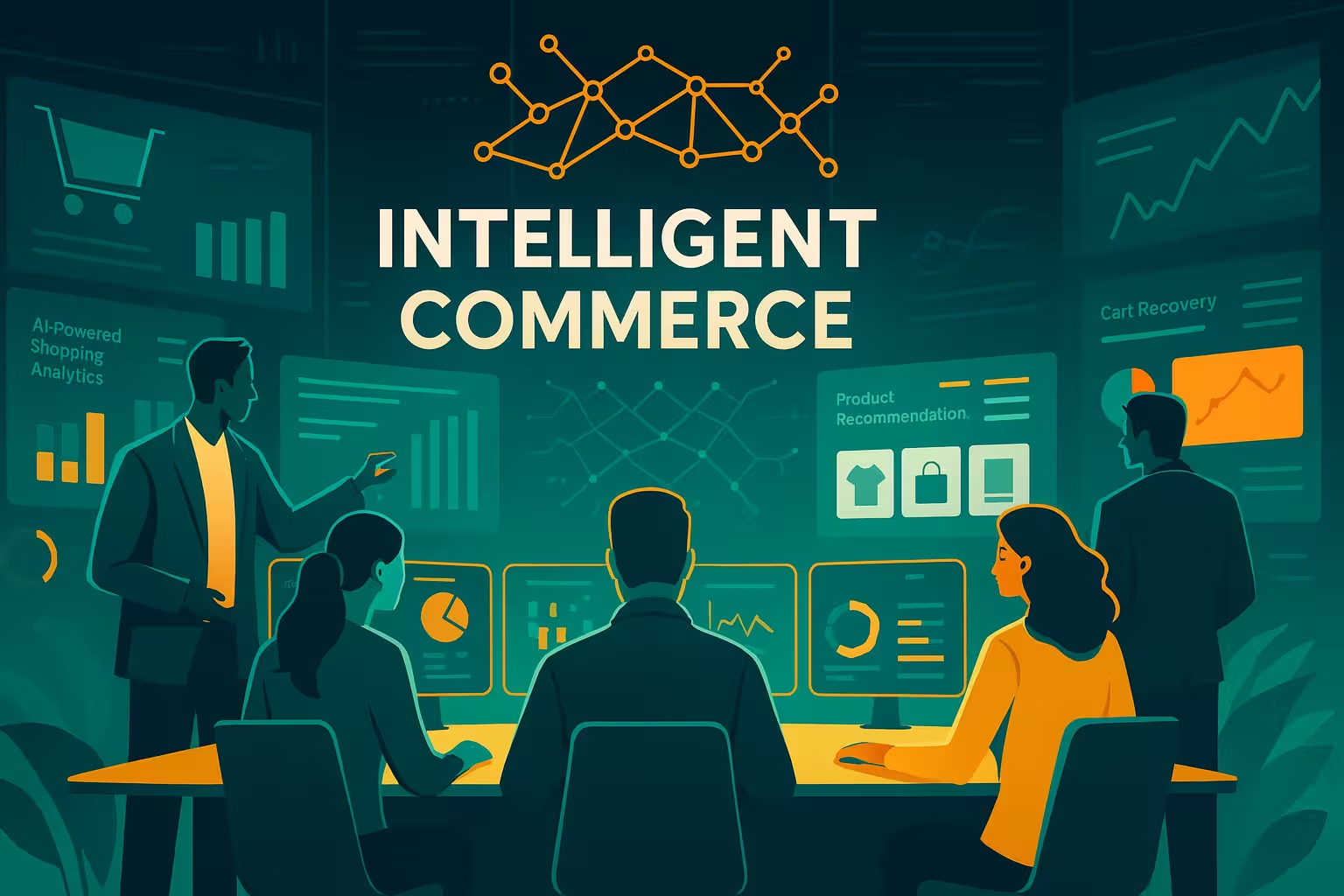
Recent Articles










































































































Your time is valuable, and so is your business's potential. Fill out the form, and receive an immediate follow-up from one of our experts so we can set you on the right path.
311 S. Wacker Drive
Suite 2575
Chicago, IL 60606
4th Floor, Jyothi Pinnacle
Survey No 11, Kondapur Village
Hyderabad, Telangana 500081
12 Marsanne Place
Eschol Park
New South Wales 2558
Magnia Tower, Street 15 #503
Altabrisa
Mérida, Yucatan 97130
.png)

